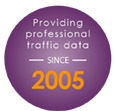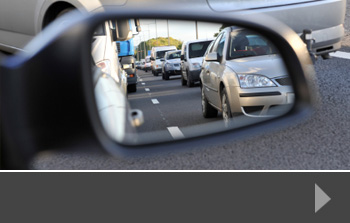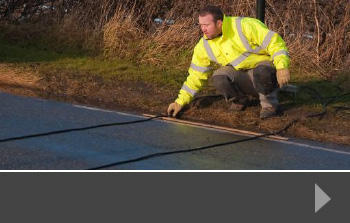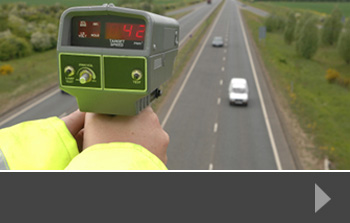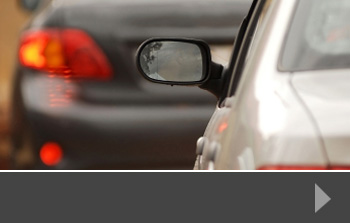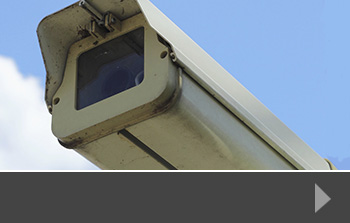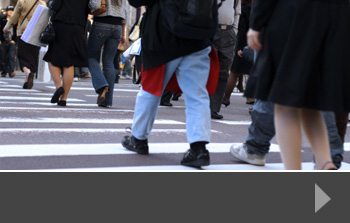What’s happening with low emission zones across England?
Cities are increasingly investigating and implementing low emission zones – or clean air zones – as a way of tackling both congestion and local air quality problems. London has the most prominent charging zones, with both a congestion charge and a low emissions charge, but other cities around the UK have been told by the government that they also need to introduce similar measures.
Along with data collection exercises like traffic surveys, journey time surveys and parking surveys, congestion and air quality management is designed to ensure that the strain on local transport networks are eased, and that people think about the necessity of taking a vehicle into city centres.
What’s happening around the country?
We’ve summarised the current state of play for low emission zones across some of England’s key city centres:
Bath: Clean Air Zone is now in operation. Charges apply 24 hours a day, 365 days a year. Private cars and motorbikes are not charged, even if being used for work. But coaches, buses, trucks and lorries are charged £100, with taxis, minicabs, vans and minibuses paying £9.
Birmingham: The city is planning to launch its Clean Air Zone on June 1st 2021. Vehicles will have to meet the same standards as those for London’s ULEZ if they want to avoid changes.
Glasgow: A low emission zone restricting the movement of older buses was put in place from December 2018. The introduction of extensions to vehicles that will need to pay to enter the city has been delayed until January 2023.
Greater Manchester: The city expects to introduce a Clean Air Zone from spring 2022. The council’s clean air website says: “Vans, buses, coaches, taxis, private hire vehicles, minibuses and heavy goods vehicles that do not meet emission standards would pay a daily charge to travel in the Zone. Private cars, motorbikes and mopeds are not included.
Leeds: Plans to introduce a Clean Air Zone in Leeds have been scrapped by the city council. The scheme was paused in August 2020 because of unexpectedly positive air quality levels. The council is in a joint review with the government to see if the zone is still needed. Polly Cook, the council’s chief officer for air quality, said: “If traffic levels returned to pre-Covid levels, we would still not exceed legal limits.”
Sheffield: A low emission zone has been proposed for older taxis, minicabs, vans and minibuses, but no start date, hours of operation or daily charge has been confirmed. In 2019, Sheffield City Council consulted on a plan for a Clean Air Zone, which would have charged the most polluting taxis, vans, lorries, coaches and buses to drive on or within the inner ring road. These plans are currently undergoing a review to take into account the impact of COVID-19. We will provide an update on our plans as soon as the review is completed.
To find out more about how RDS can help you to monitor, collect data and plan for a better, less congested road network, contact us today.

